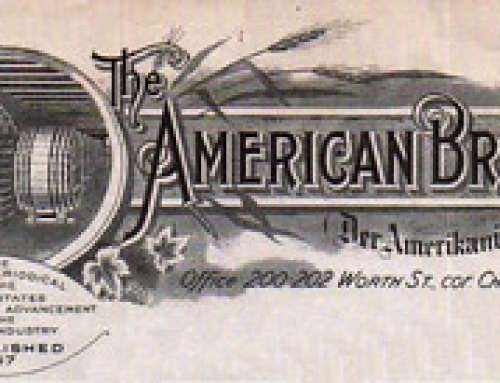Normally I like to update my blog posts as I’m brewing new beers. Unfortunately, I’m still getting the flow of brewing on a new system and as a result, I haven’t figured out how to schedule my down time on brew days to allow for blog updates. I’m going to try to get caught up on all our new beers in the next few days and I’ve already got quite a few beers to write about! Instead of having a bunch of repeat information as I talk about our Pale Ale, IPA, and Double IPA, I figured I could lump them all into one post because they are all brewed with similar techniques.
Each one of these beers is brewed as a “Northeast” or “New England” style as has been popularized by some of the Vermont breweries. These beers are hazy, juicy, intensely aromatic, and, perhaps most notably, they feature a rich, creamy mouthfeel.
When I first began researching these beers a year ago, I thought that the idea of brewing cloudy beers was just a marketing gimmick by breweries that wanted to rush beer out the door. It took a while for me to accept that there was a very good reason for these beers to be cloudy. After trying several examples, I began to realize that there were a few common qualities shared between the highest quality examples. What stood out to me the most was that there was a unique fermentation flavor profile and that they were not being brewed with typical American Ale yeast.
We ended up using a yeast strain that is known for it’s peachy ester production. In addition to the unique esters that the yeast produces, it is also a little unique in that it loses its ability to flocculate (clear) in the presence of dry hops. The reason that this is the case is because hop oils smear the yeast cell membrane and then the yeast loses its ability to aggregate. Without being able to aggregate together, the individual yeast strains don’t have enough mass to fall to the bottom of the fermenter. What that means though is that all the hop oils that coat the yeast cells also stay in suspension and are not lost, but rather the yeast acts as a sort of hop oil delivery vessel.
Furthermore, the yeast strain we’re using is very effective at performing biotransformations. The yeast can actually take one type of hop oil and transform it into other types. The main transformation that we understand is the biotransformation of geraniol into beta-citronella. Geraniol is known as a hop compound that comes across as rosy or floral and beta-citronella is the compound that can taste like candied oranges or tangerine. While you might wonder why we would want to use a biotransformation instead of just using a hop variety that is high in beta-citronella, the reason is that bio-transformations seem to create a synergistic effect resulting in a greater intensity of aroma.
The last unique characteristic of our yeast strain is that it has the ability to create high levels of glycosides which are important to create a creamy mouthfeel. We then enhance that effect with the use of flaked oats and flaked wheat to create a uniquely creamy sensation although the beer is dry and easily drinkable.
These beers are also all hopbursted (the pale ale with 100% Amarillo hops, and the IPA and DIPA with Citra, Simcoe, and Amarillo), meaning we add all of our hops near the end of the boil and in the fermenter. Using this type of technique, we strive to still achieve the same amount of bitterness, but the quality of bitterness is more pleasant and doesn’t linger the way traditional bittering techniques do. Since the hops are not in contact with the hot wort for nearly as long as traditional methods, we use 30-40% more hops for each style than what you would typically see in traditional examples.
While all of our beers are still likely to receive tweaks, I have been really pleased with the results of these three and the tweaks for these (if there are any) will be very minor and will be completely geared towards elevating our favorite attributes to the next level.


Leave A Comment